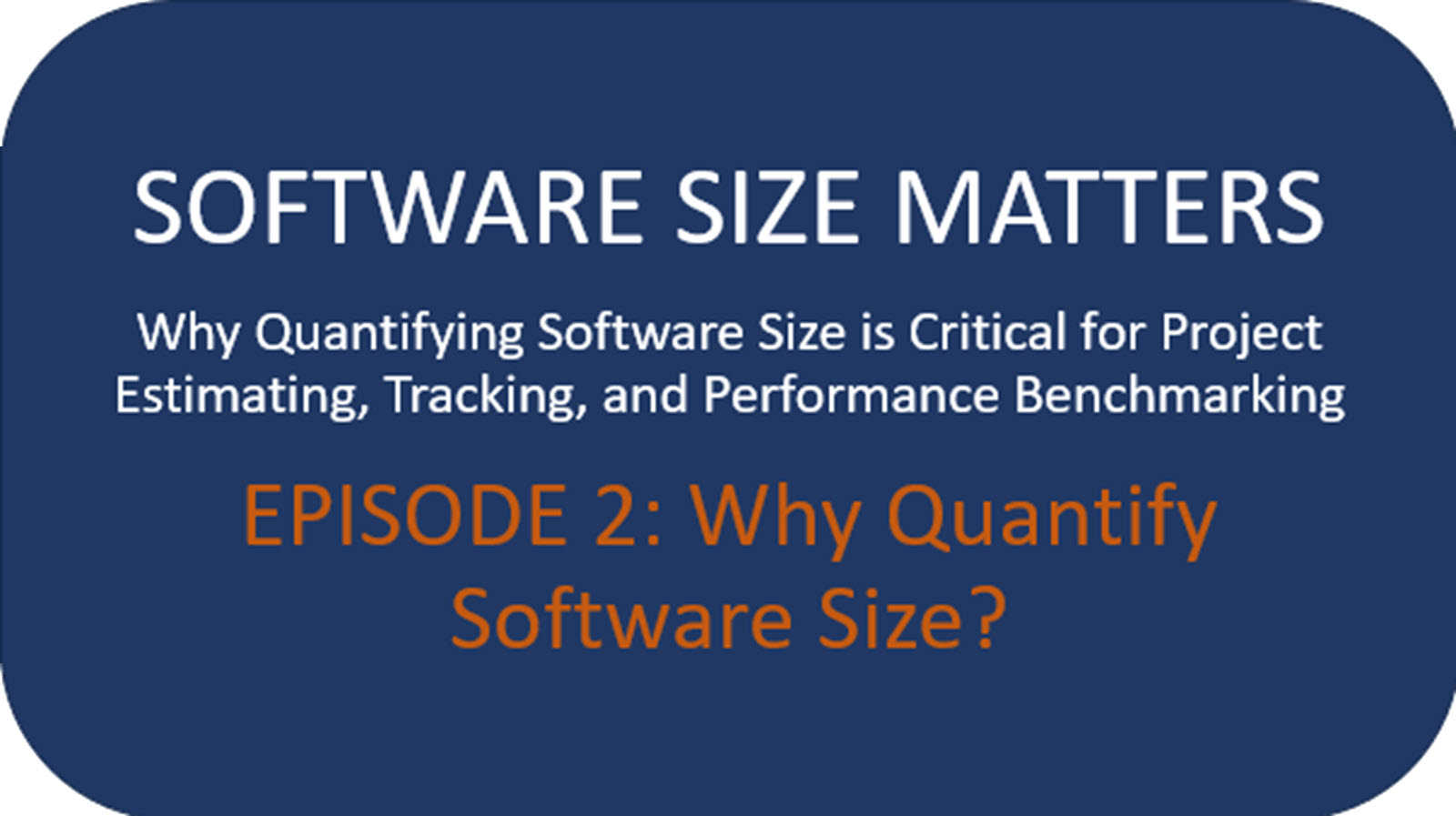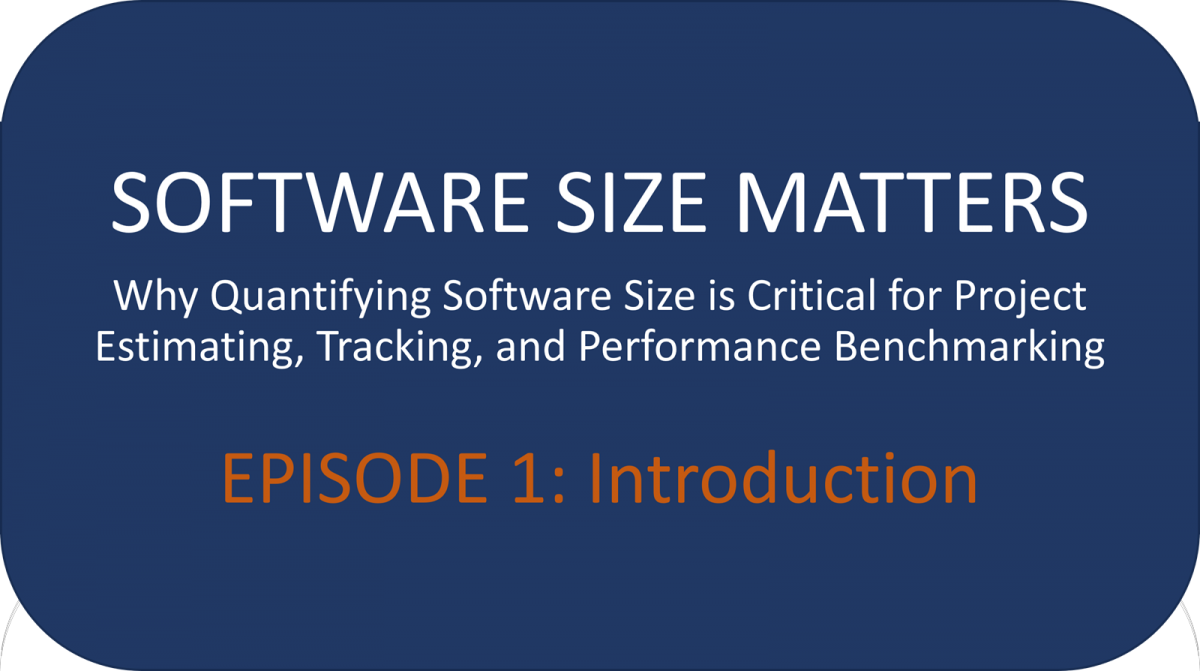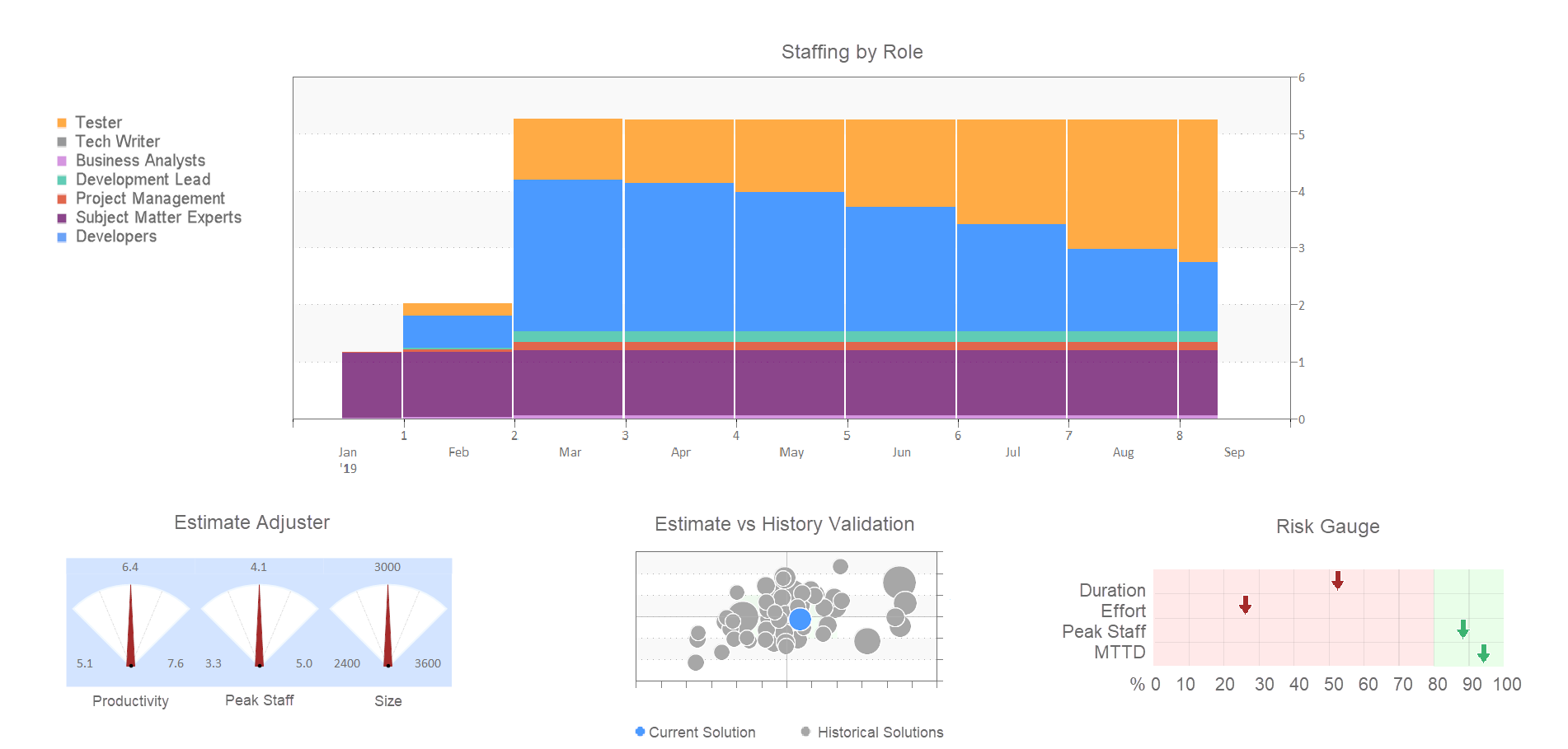Estimate, Track, and Benchmark Your Software Projects
Make better business decisions at every stage of the software project lifecycle - estimating, tracking, and metrics analysis. Each of QSM's SLIM (Software Lifecycle Management) products is designed to deliver powerful results, either as a standalone application or as part of QSM's integrated suite.
Drawing from a database of over 14,000 verified software projects, the tools enable better decision making at every stage of the project development life cycle - estimating, tracking, and metrics analysis.
QSM by the Numbers
Founded in 1978, our estimation products and services are time-tested and backed by data. Let us help you negotiate achievable goals, set realistic expectations and communicate more effectively with your colleagues and customers.
14000
project database
47
years in business
100000000
saved by our clients
Our Clients
Trusted by Fortune 100 companies across the globe, QSM offers you multi-national experience and the most competent professionals in the software measurement and estimation business.






What's New with QSM?
Learn more about software estimation best practices, risk management, software trends, and the latest research from the QSM database of 14,000 completed software projects.
 This posts presents a new video, Why Quantify Software Size, as part of QSM's Software Size Matters series. Learn how software size measures provide better software development performance analytics and practical tips for your measurement process.
This posts presents a new video, Why Quantify Software Size, as part of QSM's Software Size Matters series. Learn how software size measures provide better software development performance analytics and practical tips for your measurement process. Our new video series, explores how you not only can but should be using software size measures at every stage of the software project, program, or portfolio management process. How well can you predict software development outcomes? If you want to improve your software estimation accuracy, this video series is for you!
Our new video series, explores how you not only can but should be using software size measures at every stage of the software project, program, or portfolio management process. How well can you predict software development outcomes? If you want to improve your software estimation accuracy, this video series is for you!


